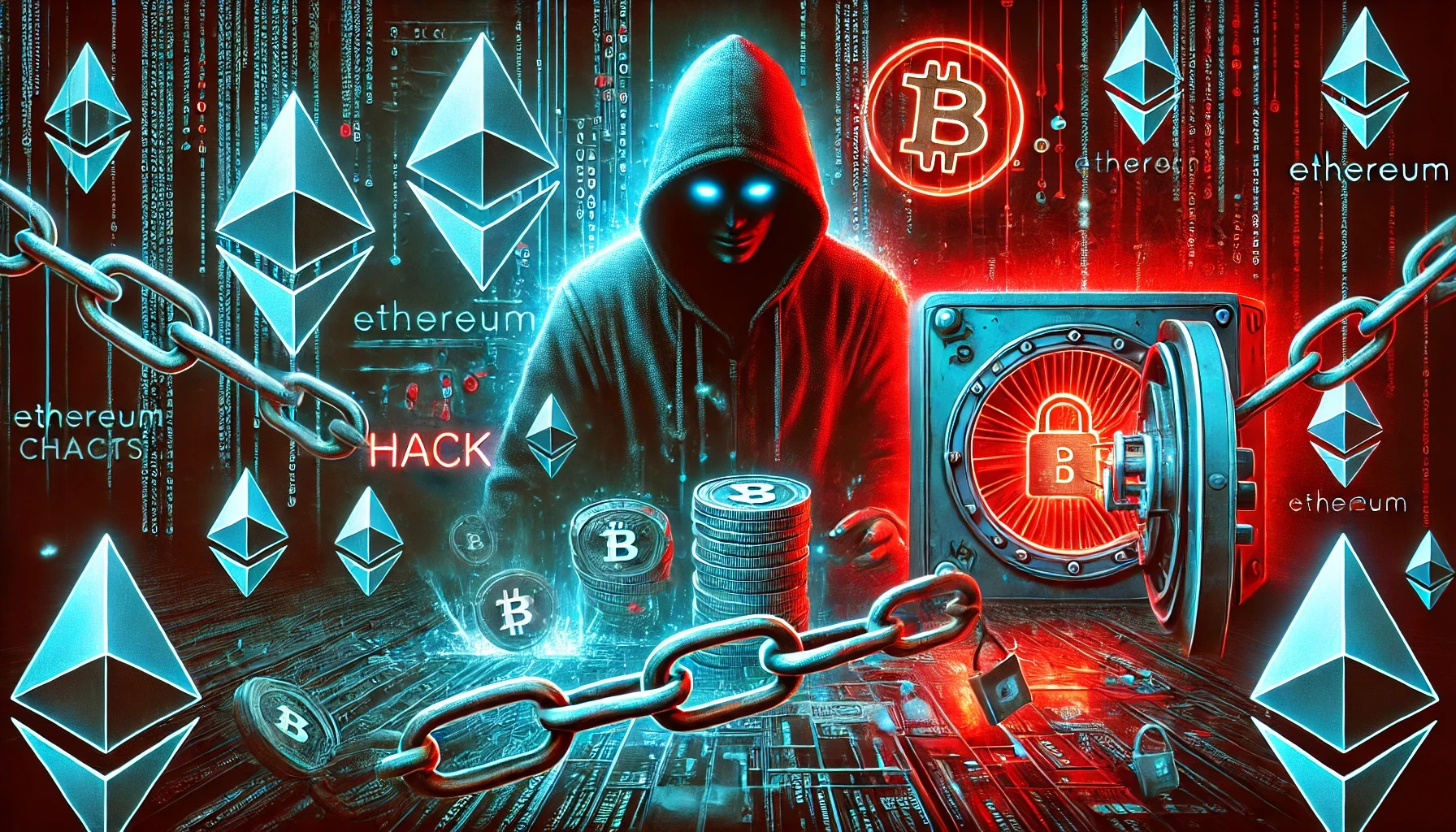1. The DAO Hack (2016) – $60 Million Stolen
What Happened: The DAO (Decentralized Autonomous Organization) was one of the first major DeFi projects. A hacker exploited a vulnerability in its smart contract code, draining $60 million worth of Ether.
Lesson Learned: Smart contracts must undergo rigorous auditing before deployment. This hack also led to the Ethereum hard fork, creating Ethereum (ETH) and Ethereum Classic (ETC).
2. Parity Wallet Hack (2017) – $30 Million Lost
What Happened: A vulnerability in Parity’s multi-signature wallet library allowed a hacker to freeze and steal $30 million worth of Ether.
Lesson Learned: Code reuse in smart contracts can be risky. Developers must ensure that libraries and dependencies are secure and up-to-date.
3. bZx Protocol Exploits (2020) – $8 Million Lost
What Happened: The bZx protocol suffered two flash loan attacks within a week, resulting in $8 million in losses. Hackers manipulated prices on decentralized exchanges to exploit the protocol.
Lesson Learned: Flash loans, while innovative, can be weaponized. Protocols must implement better price oracle mechanisms and safeguards against market manipulation.
4. Poly Network Hack (2021) – $611 Million Stolen
What Happened: In one of the largest DeFi hacks ever, a hacker exploited a vulnerability in Poly Network’s cross-chain bridge, stealing $611 million in various cryptocurrencies. Surprisingly, the hacker returned most of the funds.
Lesson Learned: Cross-chain interoperability introduces new risks. Thorough testing and security audits are essential for cross-chain protocols.
5. Wormhole Bridge Hack (2022) – $320 Million Lost
What Happened: A hacker exploited a vulnerability in the Wormhole bridge, a popular cross-chain bridge, stealing $320 million in wrapped Ethereum (wETH).
Lesson Learned: Bridges are a weak point in DeFi. Developers must prioritize securing these critical infrastructure components.
6. Ronin Network Hack (2022) – $625 Million Stolen
What Happened: The Ronin Network, which powers the popular game Axie Infinity, was hacked due to compromised validator nodes. The hacker stole $625 million in Ethereum and USDC.
Lesson Learned: Centralized elements, like validator nodes, can undermine decentralization. Projects must ensure robust security for all components, even in hybrid systems.
What We’ve Learned from DeFi Hacks
Smart Contract Audits Are Non-Negotiable: Every line of code must be thoroughly audited by experts to identify vulnerabilities.
Decentralization Must Be Prioritized: Centralized points of failure, like bridges or validator nodes, are prime targets for hackers.
Community Vigilance Matters: Many hacks were discovered by the community. Encouraging bug bounty programs can help identify vulnerabilities early.
Insurance Is Essential: DeFi insurance protocols can help mitigate losses for users and projects affected by hacks.
Education Is Key: Users must understand the risks of DeFi and how to protect their assets, such as using hardware wallets and avoiding suspicious links.
The Future of DeFi Security
While DeFi hacks have been devastating, they’ve also driven innovation in security. Projects are now adopting:
Formal Verification: A mathematical approach to proving the correctness of smart contracts.
Decentralized Oracles: More secure price feeds to prevent manipulation.
Multi-Signature Wallets: Adding an extra layer of security for fund management.
Bug Bounty Programs: Incentivizing ethical hackers to find vulnerabilities before malicious actors do.
Conclusion
DeFi has come a long way, but security remains its biggest challenge. By learning from past hacks, the DeFi community can build a safer and more resilient ecosystem. Whether you’re a developer, investor, or user, staying informed and vigilant is key to navigating the world of decentralized finance.
